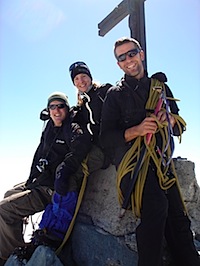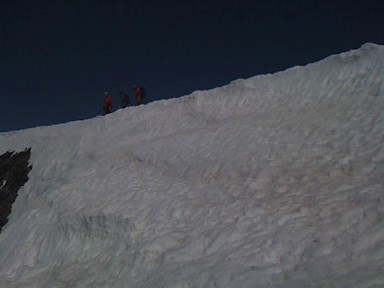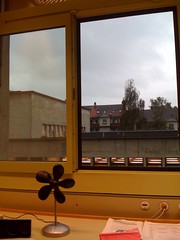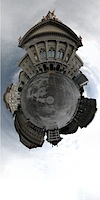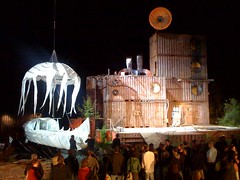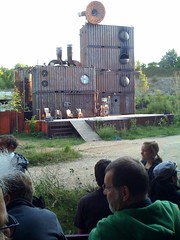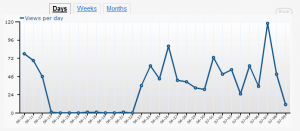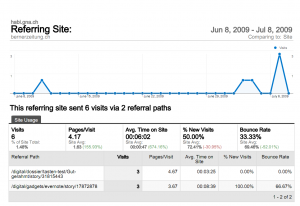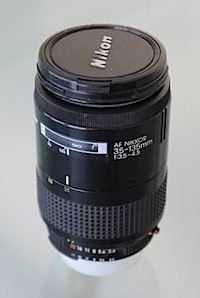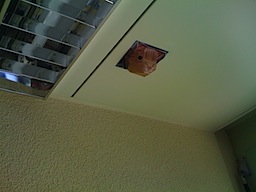schon seit einiger zeit hat mir dan, mein ehemaliger mitbewohner, den floh ins ohr gesetzt, dass wir mal auf’s allalinhorn wandern könnten. das allalinhorn ist einer der schweizer 4000er, der als einfach zu ersteigen gilt. dank öV kann mensch bis ca. 600m unter den gipfel des allalinhorns anreisen und dann in ca. 2.5h hoch und in gut 1.5h wieder runterwandern. auch wenn das allalinhorn als einfach zu ersteigender 4000er gilt, waren trotzdem seil, gschtältli, steigeisen und pickel notwendig. dank bekannten war dies aber einfach zu organisieren und so machten wir uns am samstag morgen um 06.07 auf den weg ins wallis um die hochtour zu starten.
knapp 3h später waren wir in mittelallalin angekommen, wunderbares wetter erwartete uns, und so machten wir uns auf, den gipfel in angriff zu nehmen. nachdem wir einige gletscherspalten überwunden hatten, belohnte uns erstmals die aussicht vom feejoch für den steilen aufstieg. eine knappe dreiviertelstunde später waren wir dann auf dem gipfel und konnten die aussicht vom allalinhorn geniessen. weil wir’s im aufstieg gemütlich genommen hatten, waren wider erwarten nicht mehr so viele bergsteiger auf dem horn, so dass wir auch eine ausgiebige mittagspause machen konnten. der abstieg war dann weit weniger anstrengend, als der aufstieg, so dass wir bald noch die sonne auf der terrasse des mittelallalin-restaurants geniessen konnten.
ein wunderbarer tag (auch wenn ich mir im abstieg mit dem steigeisen ein loch in die wade gepierct habe), für etwas bergfeste wanderer also uneingeschränkt zu empfehlen.
alle fotos zur wanderung sind im set allalinhorn in meinem flickr-stream zu finden. und damit ich auch frau chnüblers wunsch erfülle, hier noch ein foto vom peak (oder war das anders gemeint?)
wer sich für die genauen details der wanderung interessiert, findet das tracklog auf gpsies.com. speziell hinweisen möcht’ ich noch auf die drei panoramen, die ich gemacht habe. wie schon mal gezeigt, habe ich aus drei filmen (1, 2, 3) die bilder extrahiert und daraus panoramas erstellt. die beiden oben verlinkten 360°-panoramas sind gut gelungen, ganz speziell gefällt mir aber das untenstehende filmli, weil’s die stimmung unserer wandertruppe perfekt wiedergibt:
